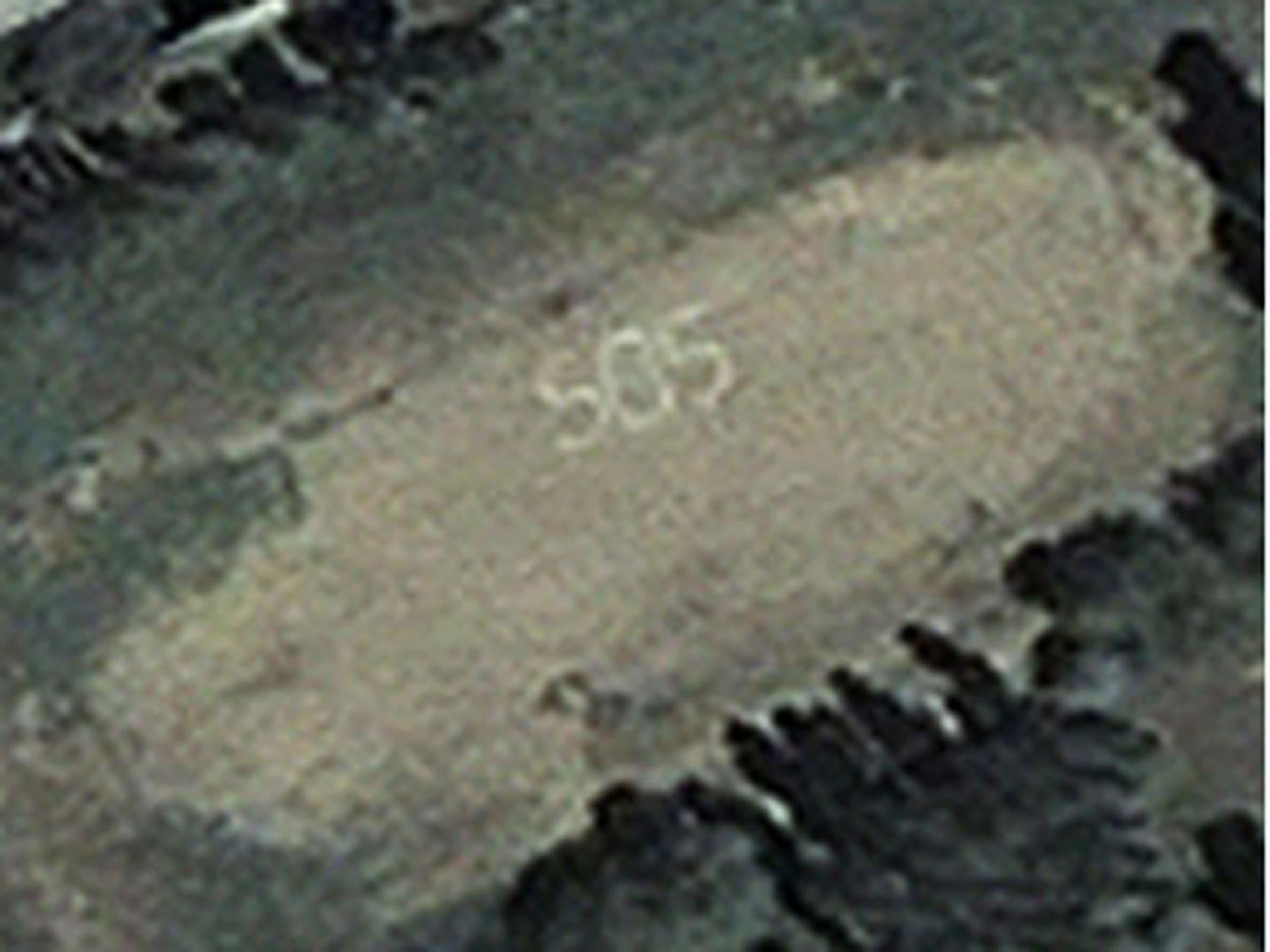'Shipwreck British woman saved by Google Earth’: There’s something fishy about story of Gemma Sheridan rescued from desert island
Amazing '#truestory' widely shared on social media - but is it real?

Your support helps us to tell the story
From reproductive rights to climate change to Big Tech, The Independent is on the ground when the story is developing. Whether it's investigating the financials of Elon Musk's pro-Trump PAC or producing our latest documentary, 'The A Word', which shines a light on the American women fighting for reproductive rights, we know how important it is to parse out the facts from the messaging.
At such a critical moment in US history, we need reporters on the ground. Your donation allows us to keep sending journalists to speak to both sides of the story.
The Independent is trusted by Americans across the entire political spectrum. And unlike many other quality news outlets, we choose not to lock Americans out of our reporting and analysis with paywalls. We believe quality journalism should be available to everyone, paid for by those who can afford it.
Your support makes all the difference.The extraordinary story of Gemma Sheridan, a woman from Liverpool saved by Google Earth after seven years stranded on a desert island, has whipped up a storm among social media users – despite being quite spectacularly fake.
Posted on the website News-Hound.org, it claimed Ms Sheridan and two friends had embarked on a voyage to Hawaii when they met bad weather, damaging the boat and knocking her unconscious.
According to the tale, she awoke to find herself on the beach of a remote island. Ms Sheridan then apparently spent seven years carving out a difficult survival before an SOS sign she made was spotted on Google Earth satellite images by “some kid from Minnesota”, at which point she was saved.
The article has been shared widely on Twitter – at times accompanied by “#truestory”, and with various messages along the lines of this from one user: “Thank you technology.”
Aside from the fairly incredible details involved in the story, the conspiracy theory and rumour-debunking website Waffles at Noon has pointed out a wide range of issues that show it is quite clearly a hoax.
Firstly, the so-called Google Earth picture of the “island” and its SOS message actually comes from a 2010 Amnesty International report on violence in Kyrgyzstan - the uncropped image shows buildings in the background.
The website News-Hound.org itself has, according to Waffles at Noon, a history of posting outlandish stories – and has put up articles which appear to pre-date the site’s own registration earlier this year.
Finally, the details of “Ms Sheridan’s” survival are not only fake but they are plagiarised – with huge chunks taken from a report into a Pacific island survival exercise undertaken by the explorer Ed Stafford.
There are some amazing true stories out there about survival over long periods at sea – sadly, this wasn’t one of them.
Join our commenting forum
Join thought-provoking conversations, follow other Independent readers and see their replies
Comments